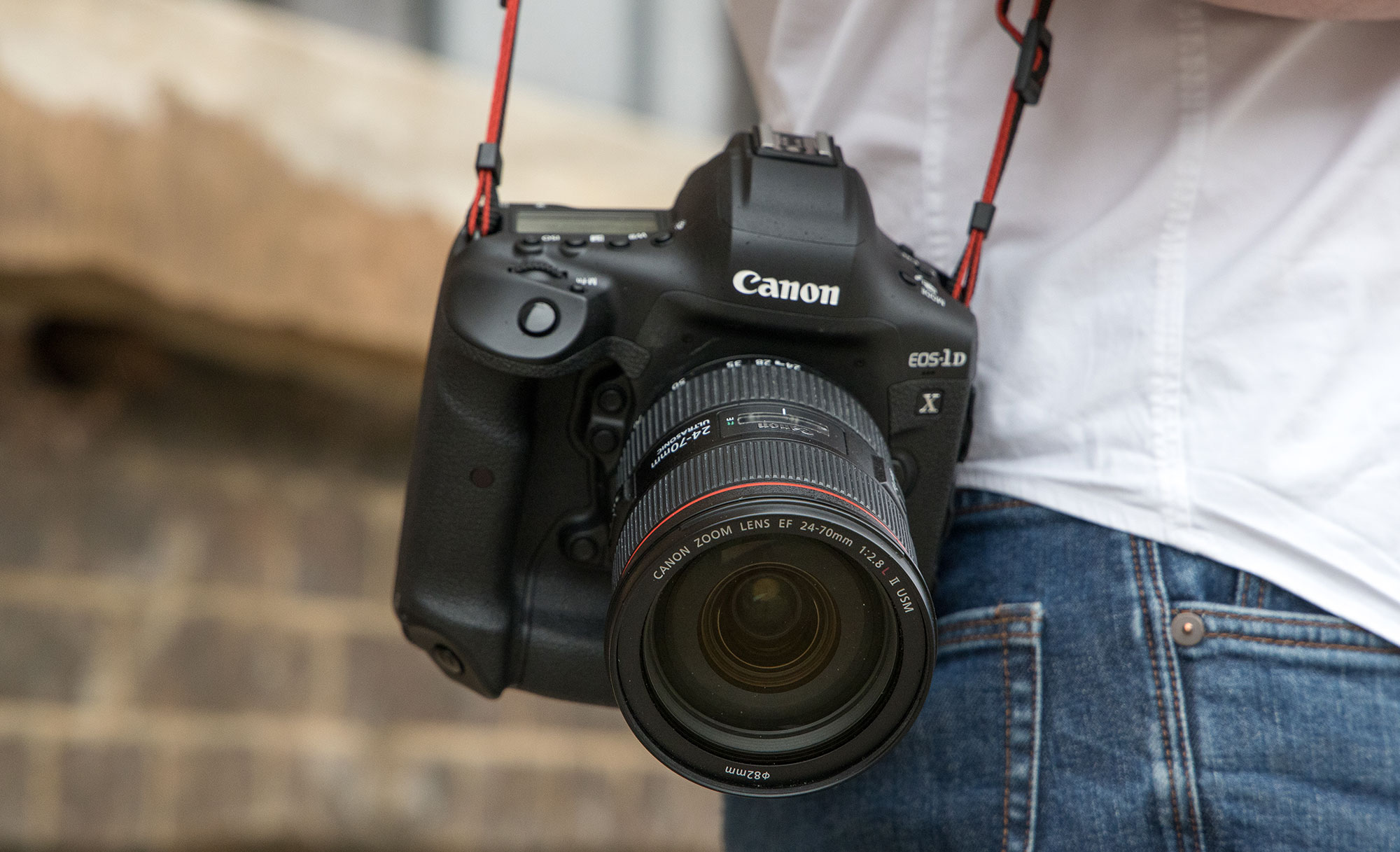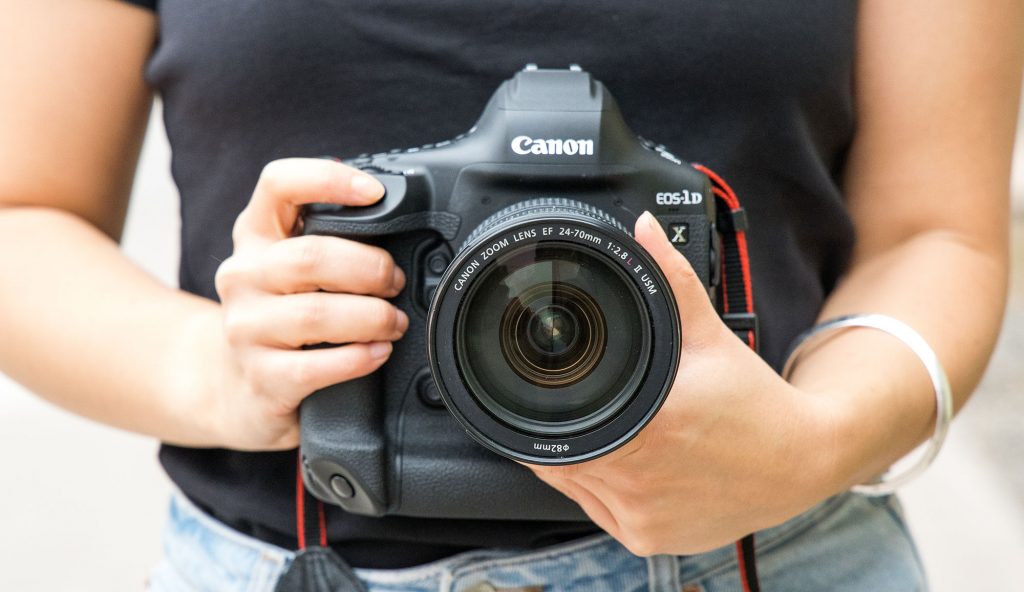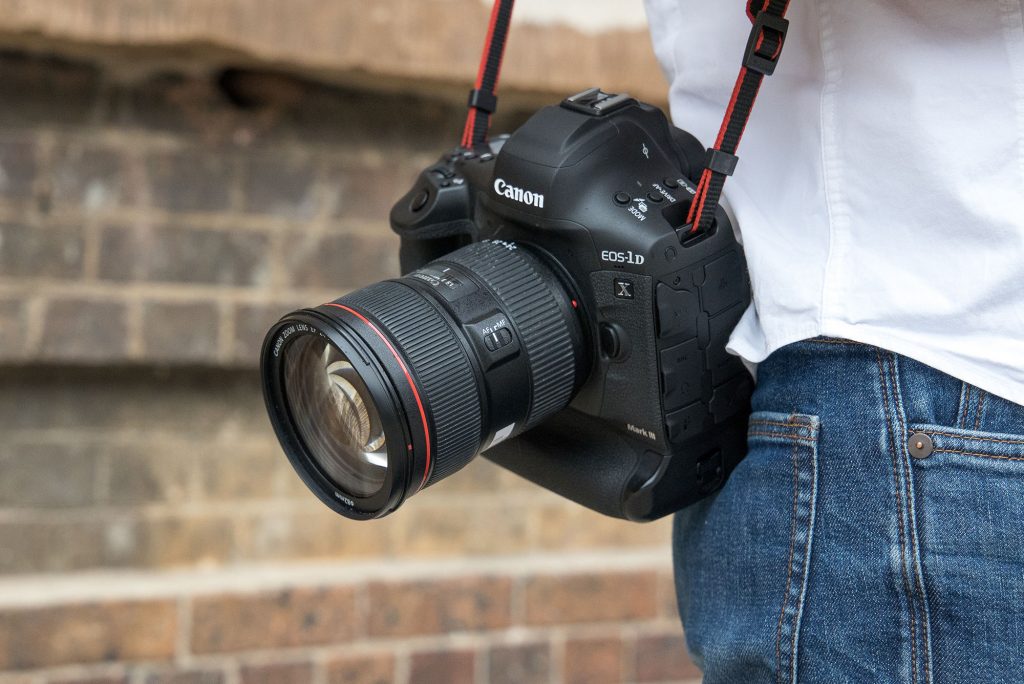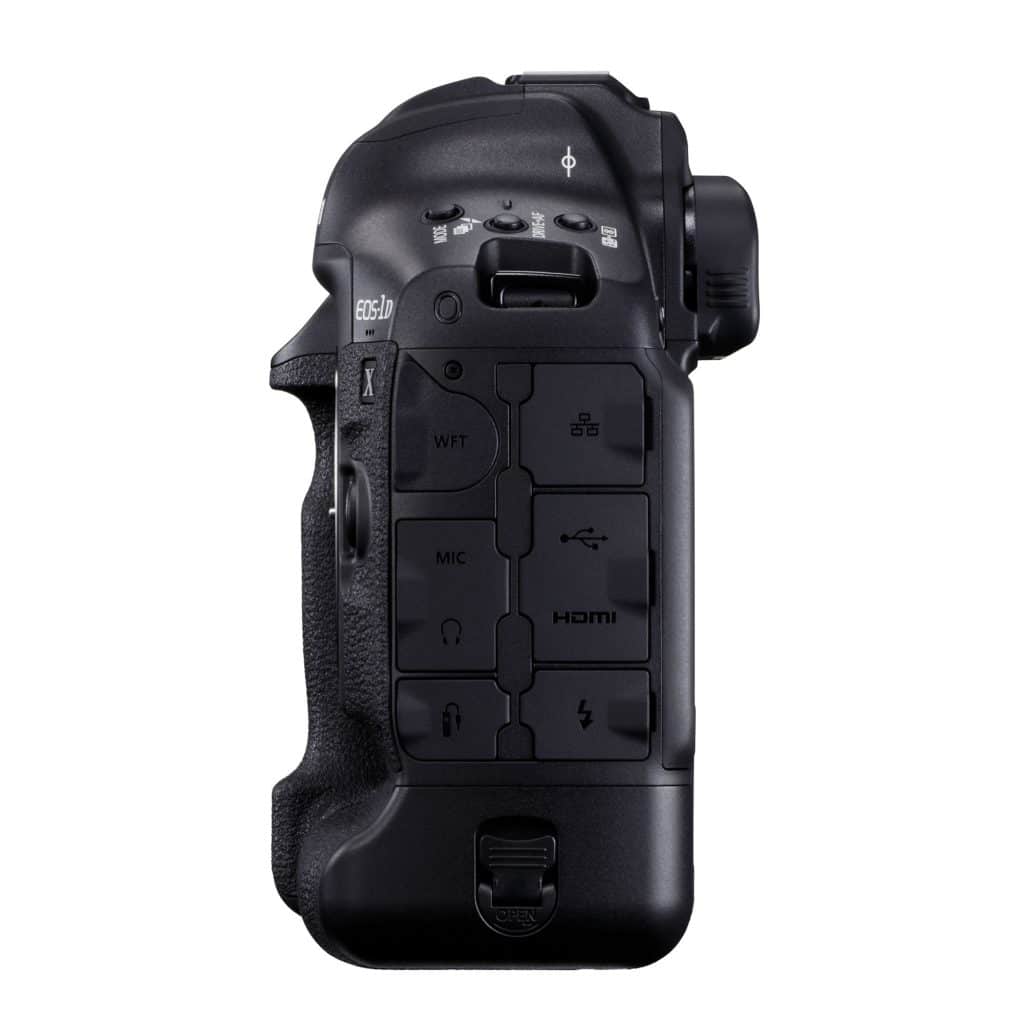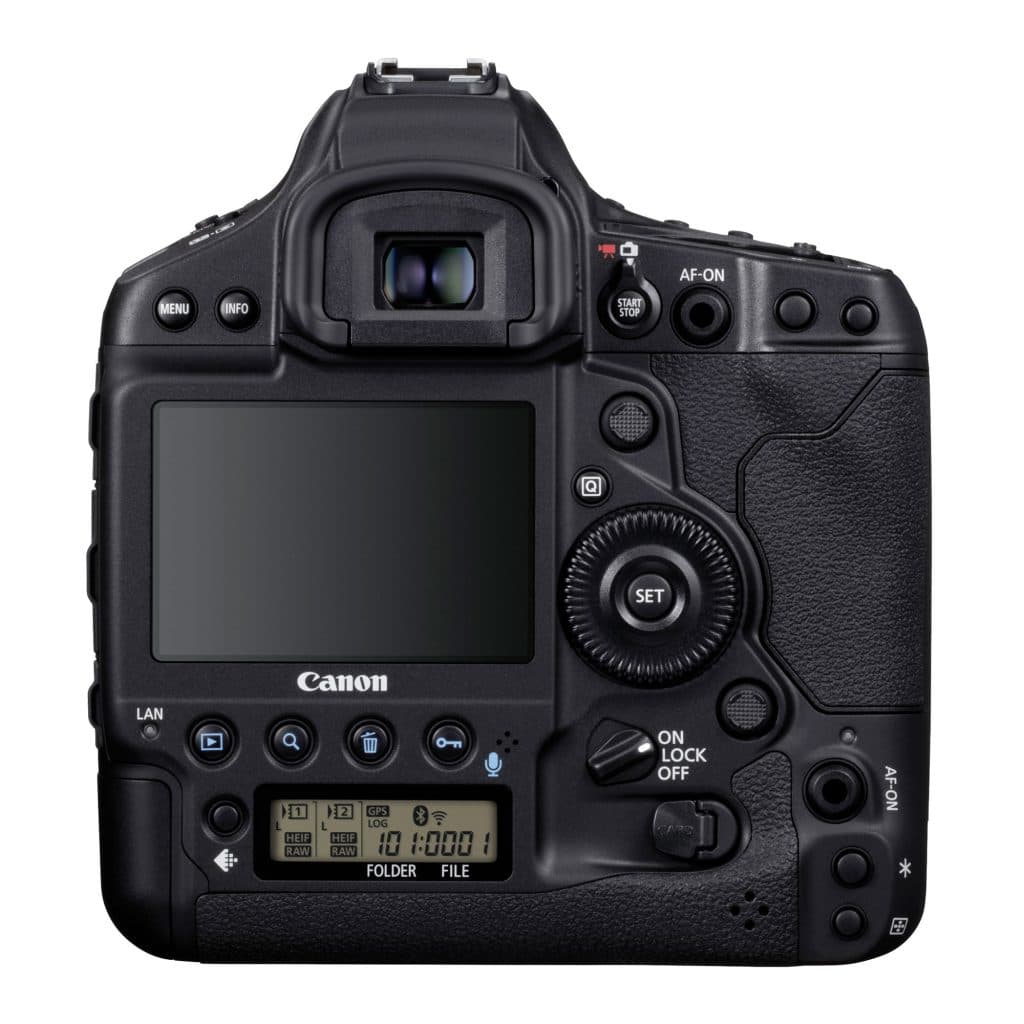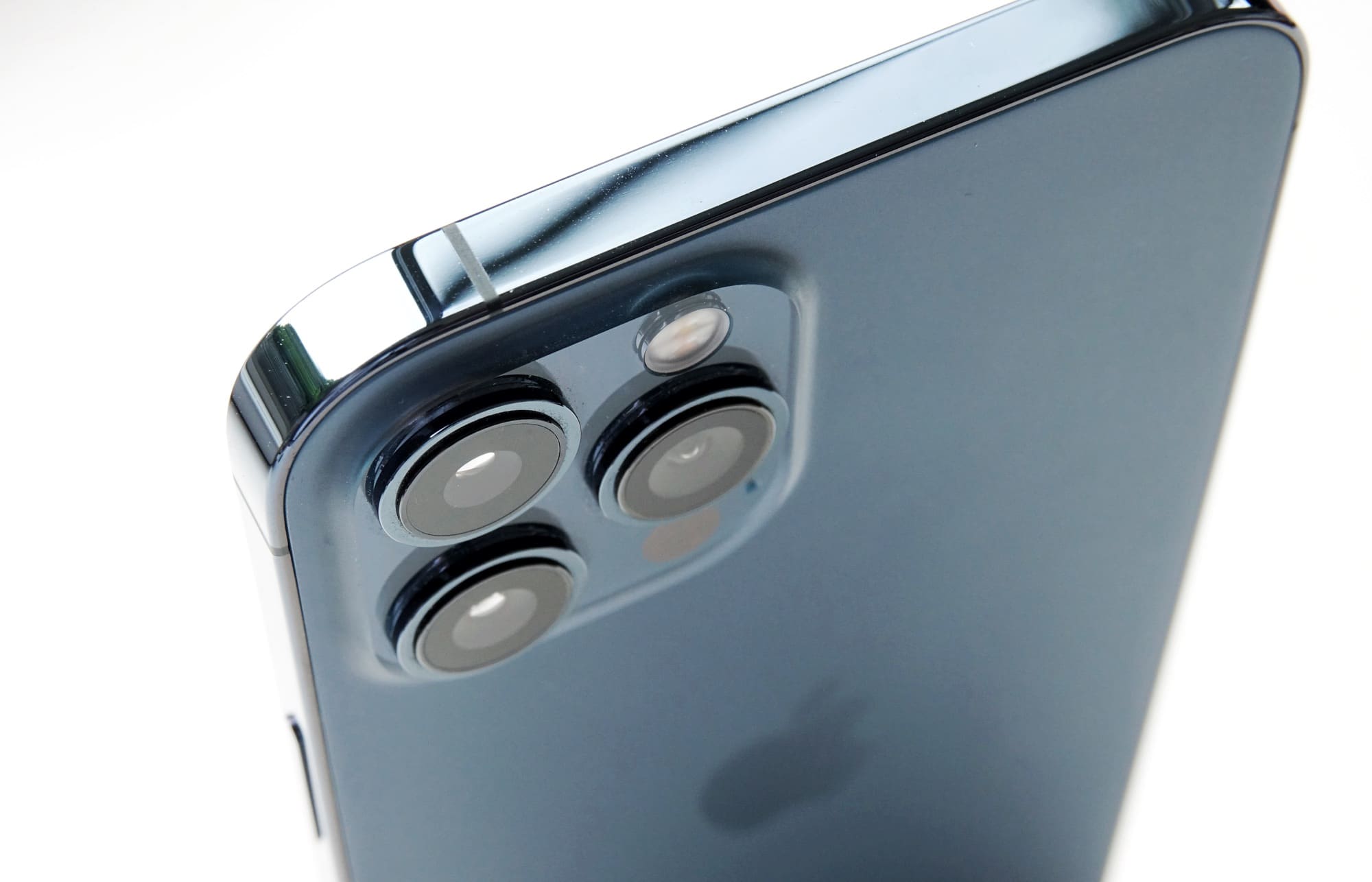One of Canon’s biggest cameras is bigger again in February, as the 1D X series hits version three.
You may not be aware, but there’s a pretty sizeable difference between cameras made for amateurs, cameras made for enthusiasts, and cameras made for professionals. In fact, even in that last category, cameras can vary wildly.
While professional cameras can start around three or four thousand dollars, they can often go for much more, and that’s all without the magic of a lens to get them to where they need to be.
Certainly when you’re talking about cameras made for photojournalists, dedicated photographers, and sports photographers, the camera choices typically revolve around what you can get that is most robust and reliable. That’ll lead you to the full-size flagship cameras, with bodies that may require two hands to comfortably carry, thanks in part to designs that are bolstered by batteries and extra thickness from the chassis they’ve been endowed with.
Typically, these sit in the main camera brands that have become synonymous with pro photographers, including Canon, Nikon, and Sony, with the big flagship cameras seeing an upgrade cycle that is much slower than other cameras or even other devices. While your phone might be upgraded once every year or two, flagship full-size cameras typically see upgrades every three to five years, going the distance and costing a fair amount to get photographers there.
One such camera, the Canon EOS 1D X Mark II, was last updated in 2016, giving you some idea of how long it takes for camera companies to release something better and more capable for this category.
Four years on, though, Canon is making magic for professionals reliant on its system, as it announces the follow-up to that model with a rather predictable name, the EOS 1D X Mark III.
Yes, it’s version three of the popular series, and it’s one Canon hopes to keep photographers happy with thanks to more speed for capture and autofocus, and more capabilities, expanding to better images and increased use of the video mode digital SLRs now come equipped with.
To start with, the 1DX Mk III has a new sensor, with a newly developed 20.1 megapixel sensor, capable of achieving up to 20 frames per second thanks to a new mirror system that can also help the autofocus technology get a faster focus reading than in previous models. In fact, that new autofocus system now takes advantage of some deep learning programming, which has been focused on teaching the technology to understand eyes to keep focus locked, even when faces and eyes are turned partially away.
That new sensor is a full-frame sensor, and offers some remarkable low-light capabilities, extending from ISO 50 to a low-light friendly ISO 819,200, a staggering low light variable that should mean image capture in the dark is now more possible.
Video isn’t being forgotten here, with 4K full-frame offered completed with 12-bit RAW video capture, something Canon says makes the EOS 1D X Mark III the first non-cinema Canon camera to feature that technology, while also supporting 5.5K video if you need a little more range to work with. That’ll be helpful if you’re interested in zooming in a little with your video work, or even if you want a bit more quality from over sampling the videos, handy for the filmmakers out there.
There’s also a bit of a new feature for Canon’s professional range, as it follows suit from the consumer range and finally (finally) supports Wifi and Bluetooth. That’ll mean pros will be able to link the camera directly to devices for remote shooting using their phone or tablet, or even just save images to another device for an easy send. Getting images to an editor should now be as quick as it gets — from camera to phone and an email away — plus there’s a built in GPS, too.
And this all sits in a body capable of surviving, thanks in part to the magnesium alloy construction and weather sealing.
Of course, the price is one of those things where if you have to ask, you probably can’t afford it, and will likely see the 1Dx Mark III hit closer to between $8K and $10K without a lens, but at least you’ll see a five year warranty from the camera, which is about the amount of time before you can expect Canon to make a new model. Timely, we’re sure.


